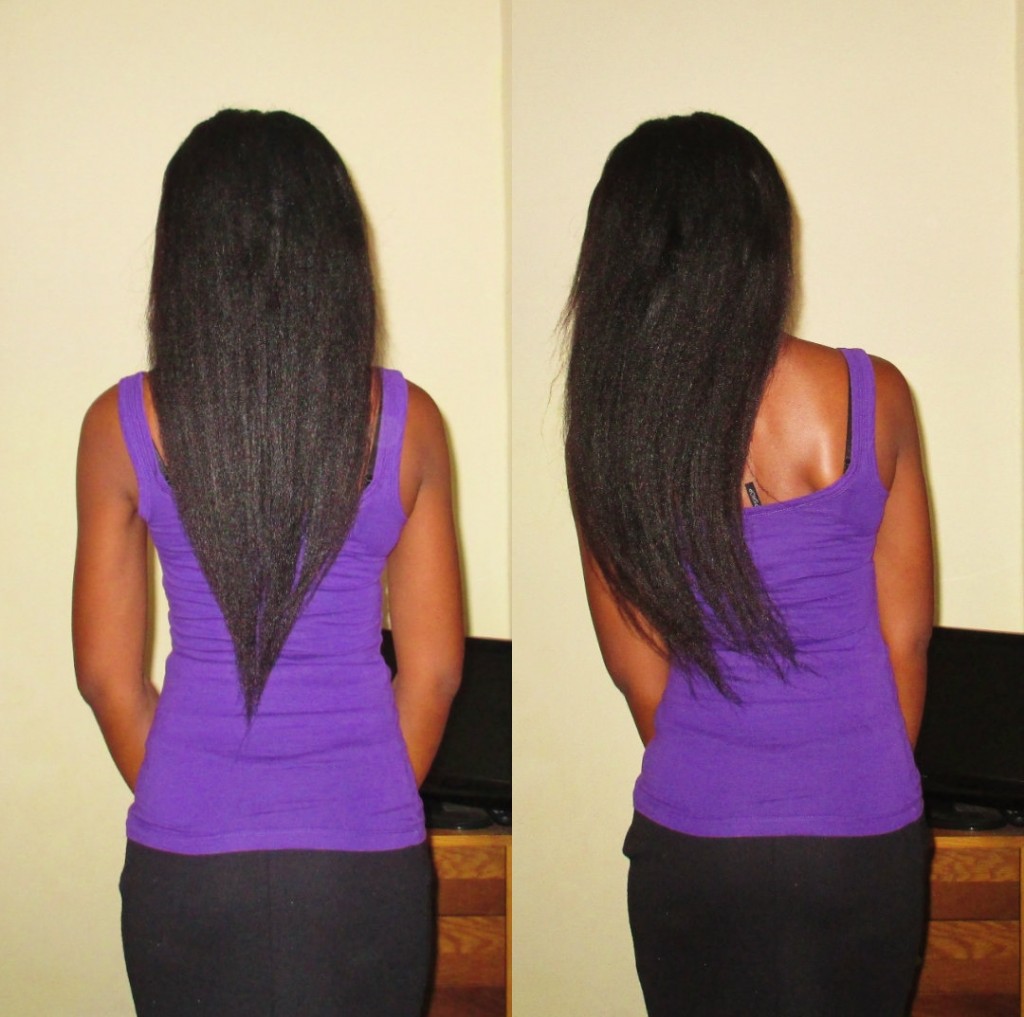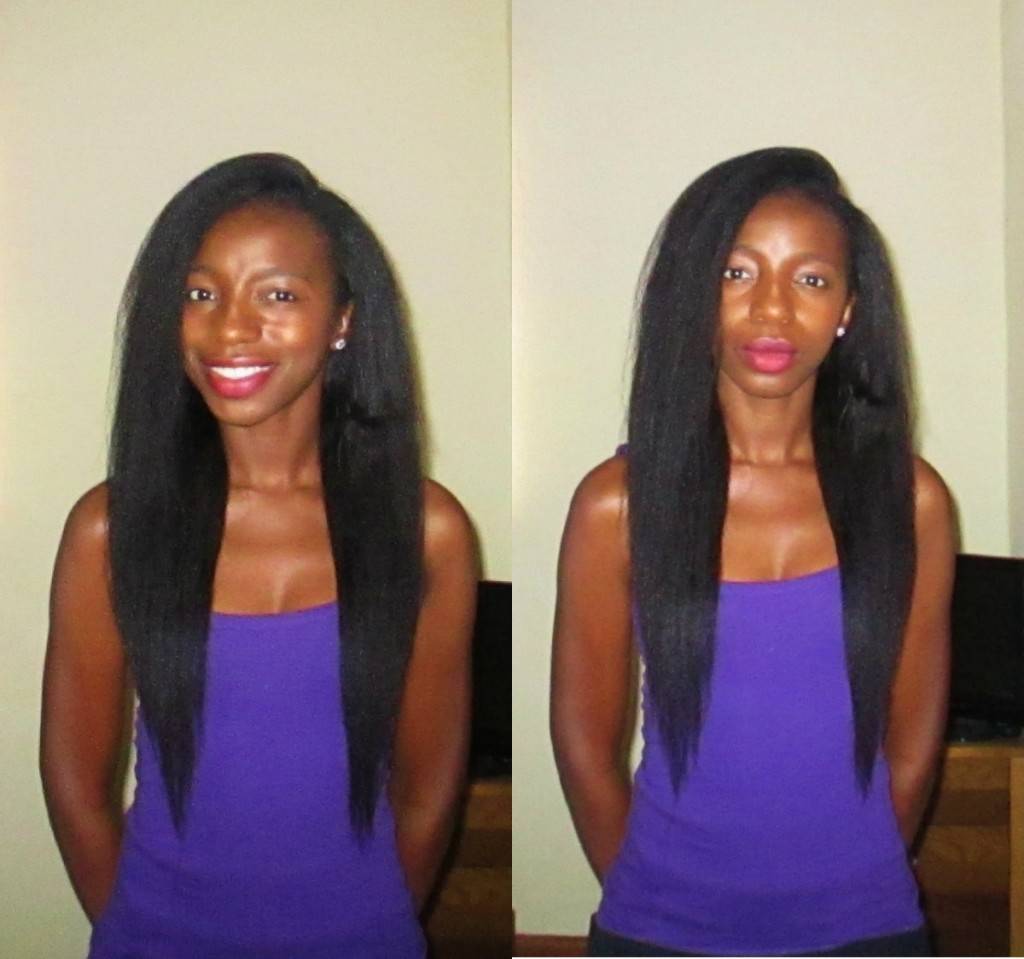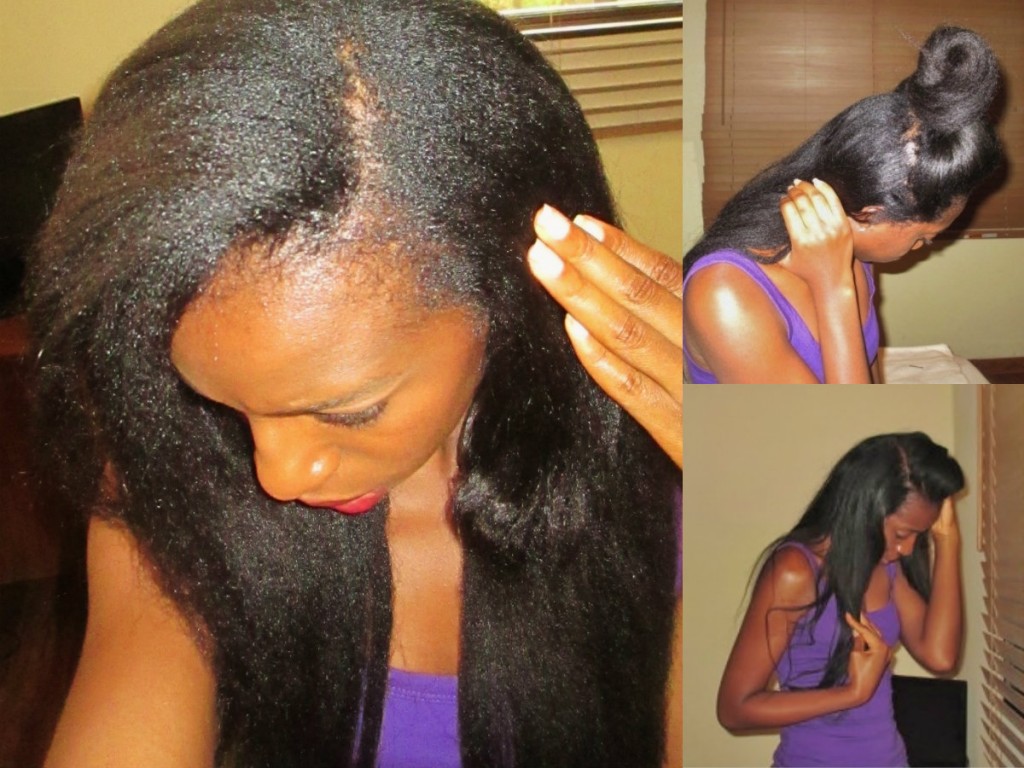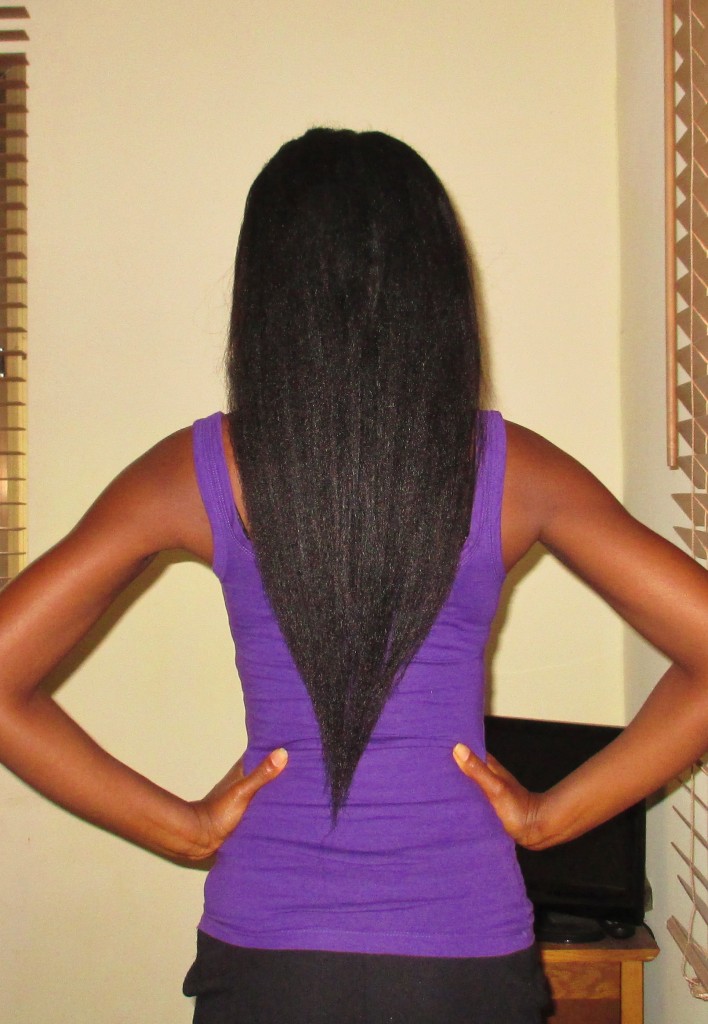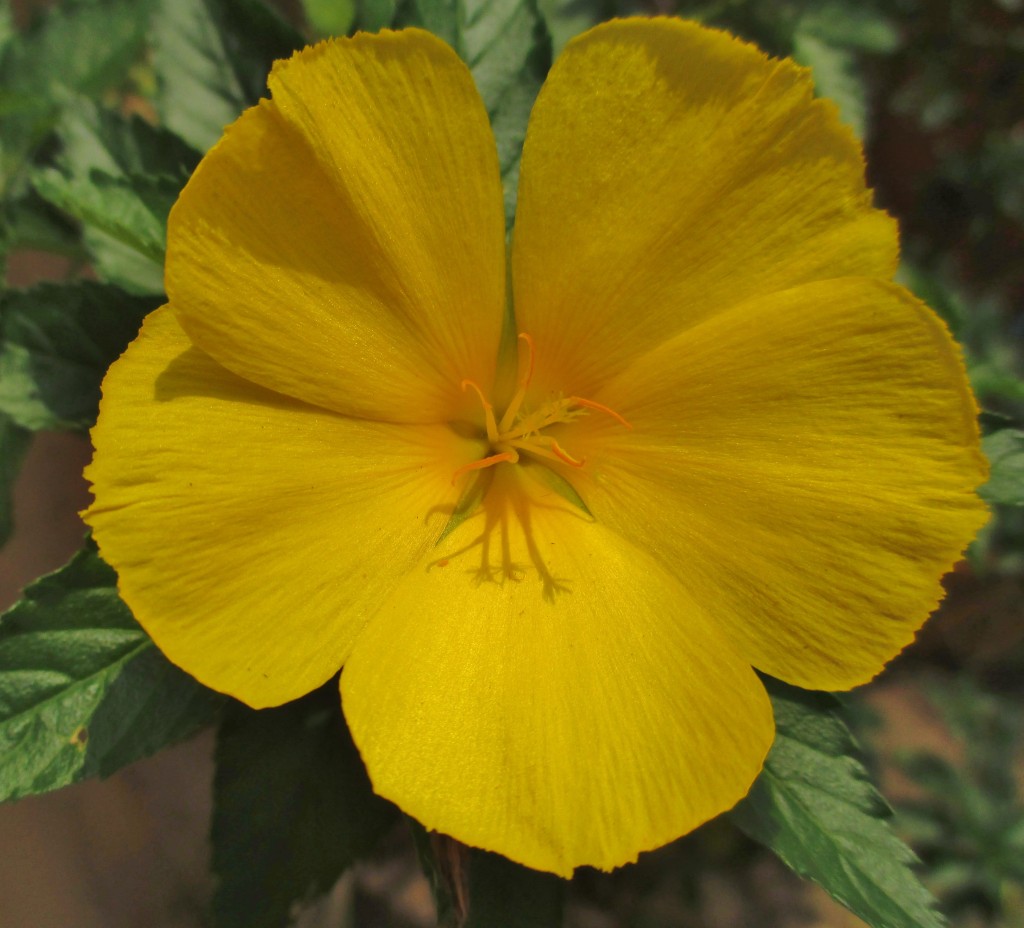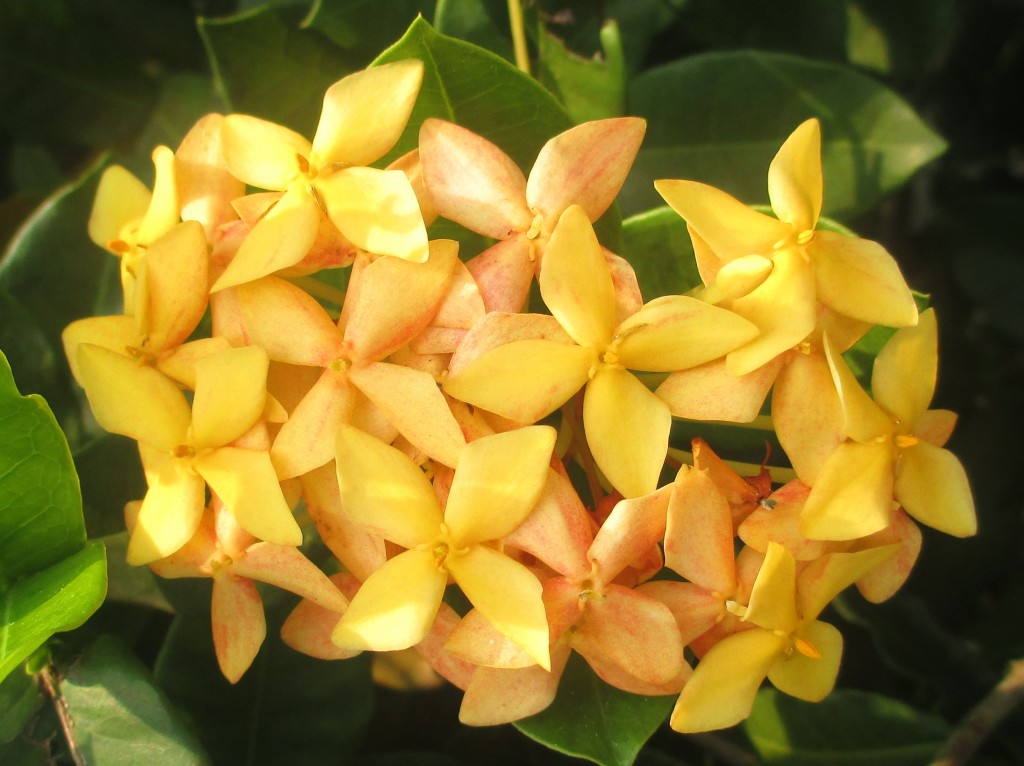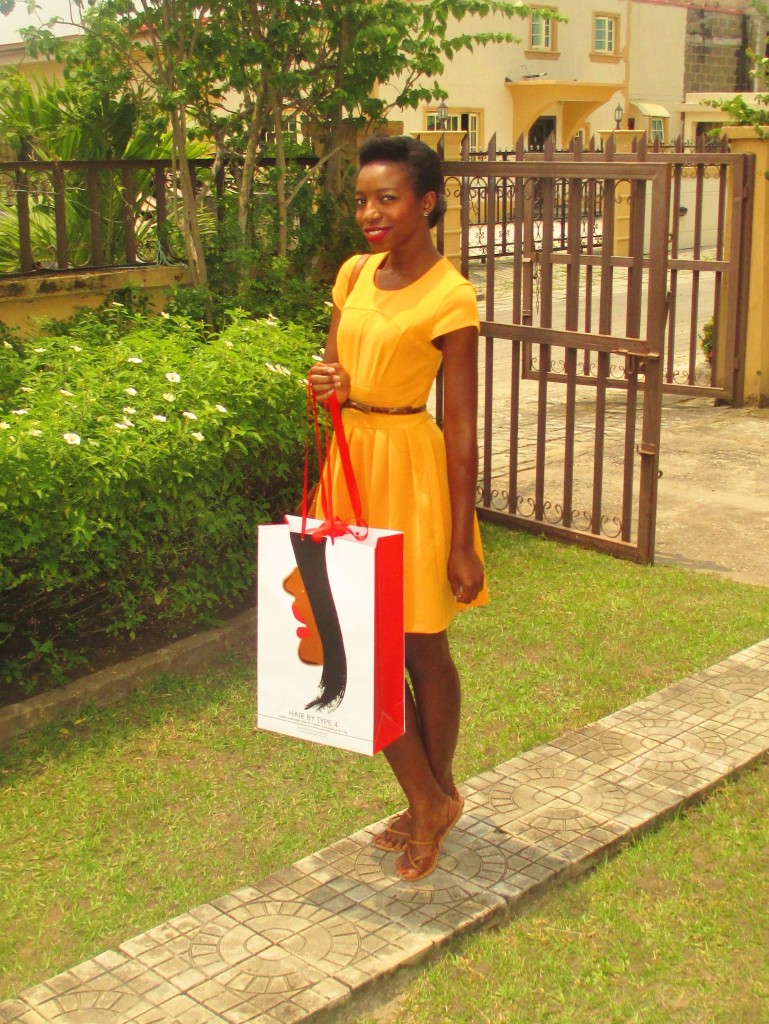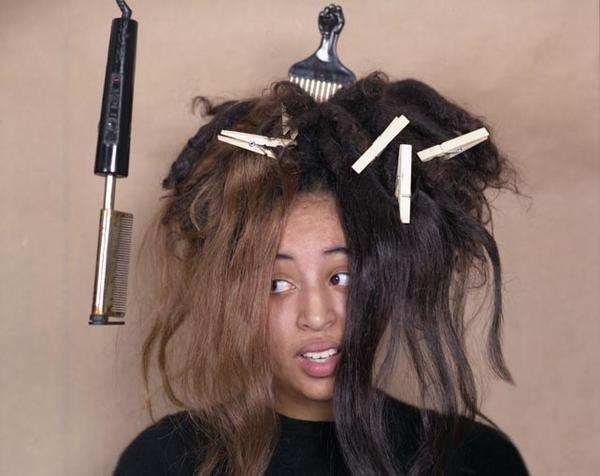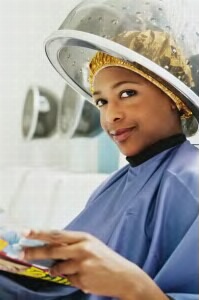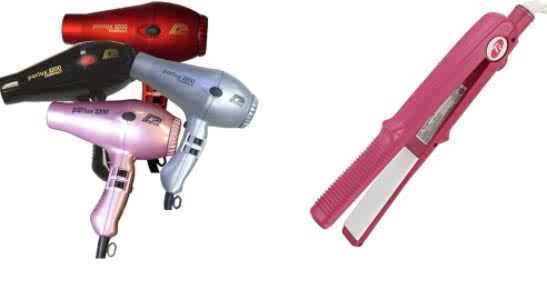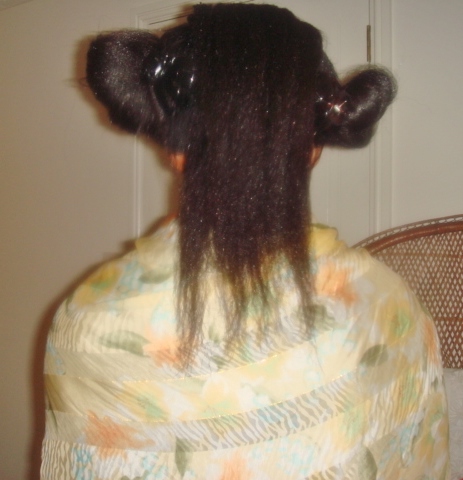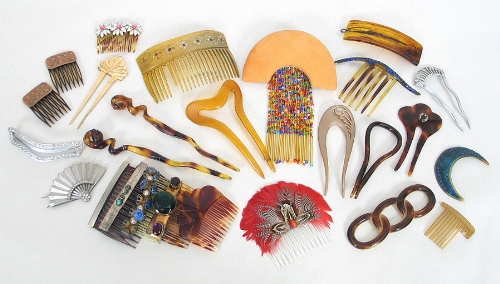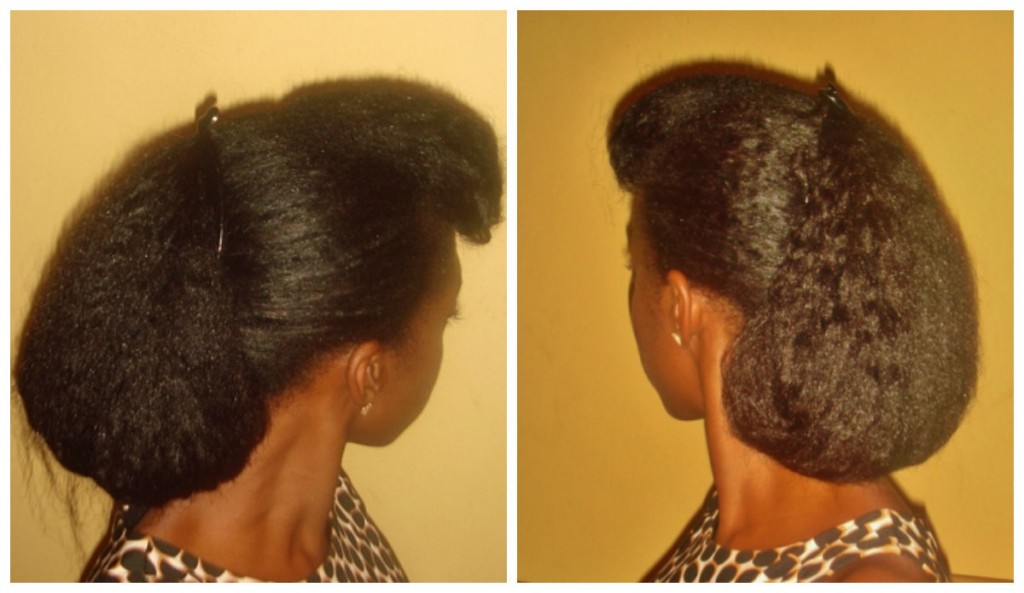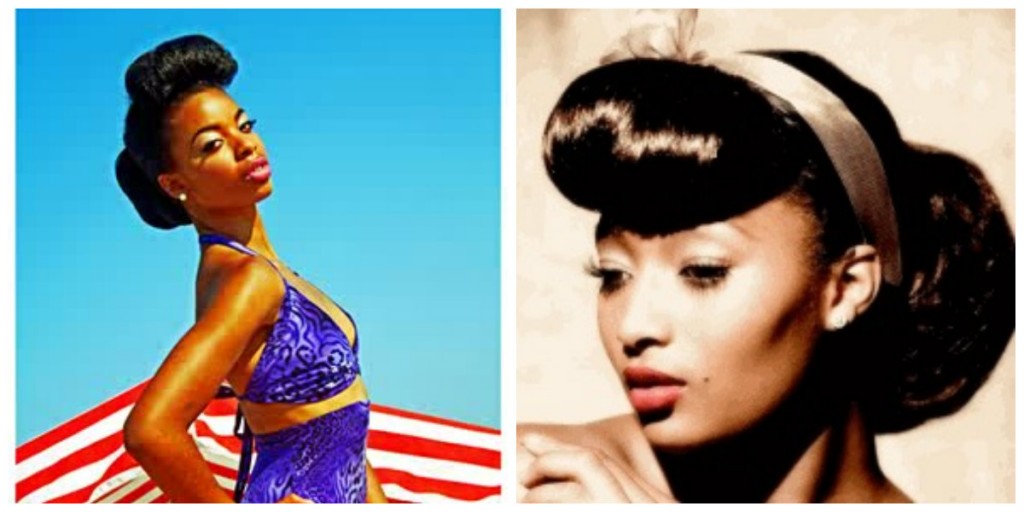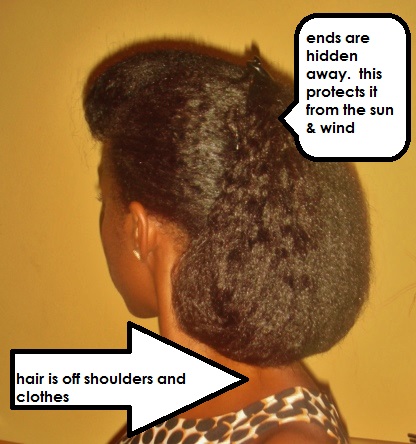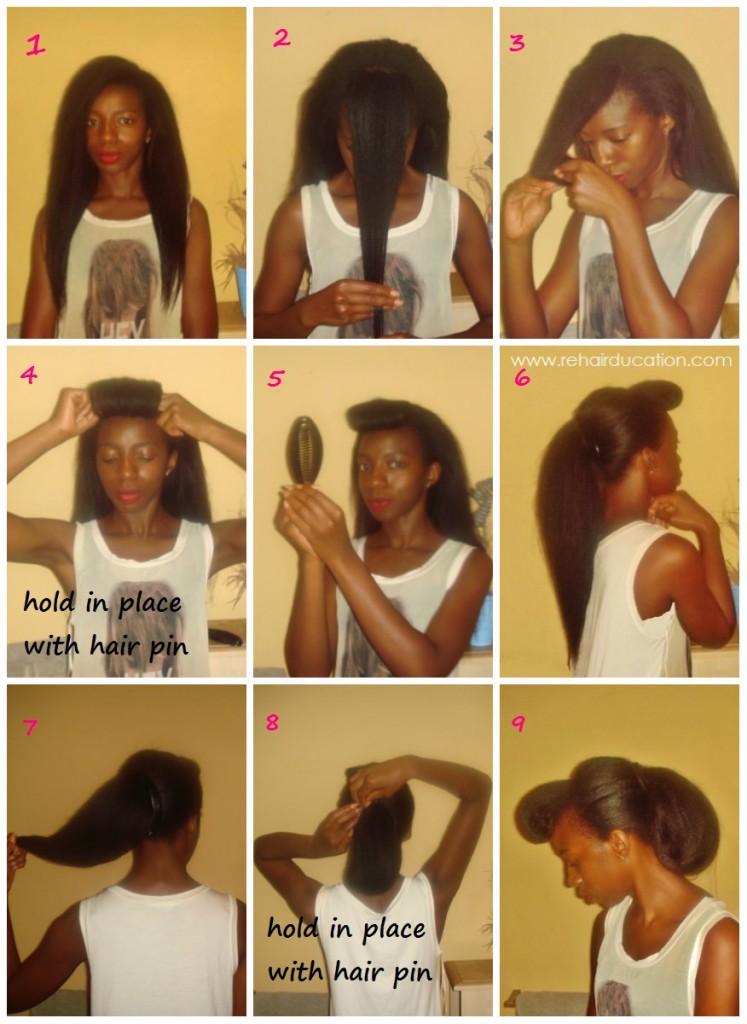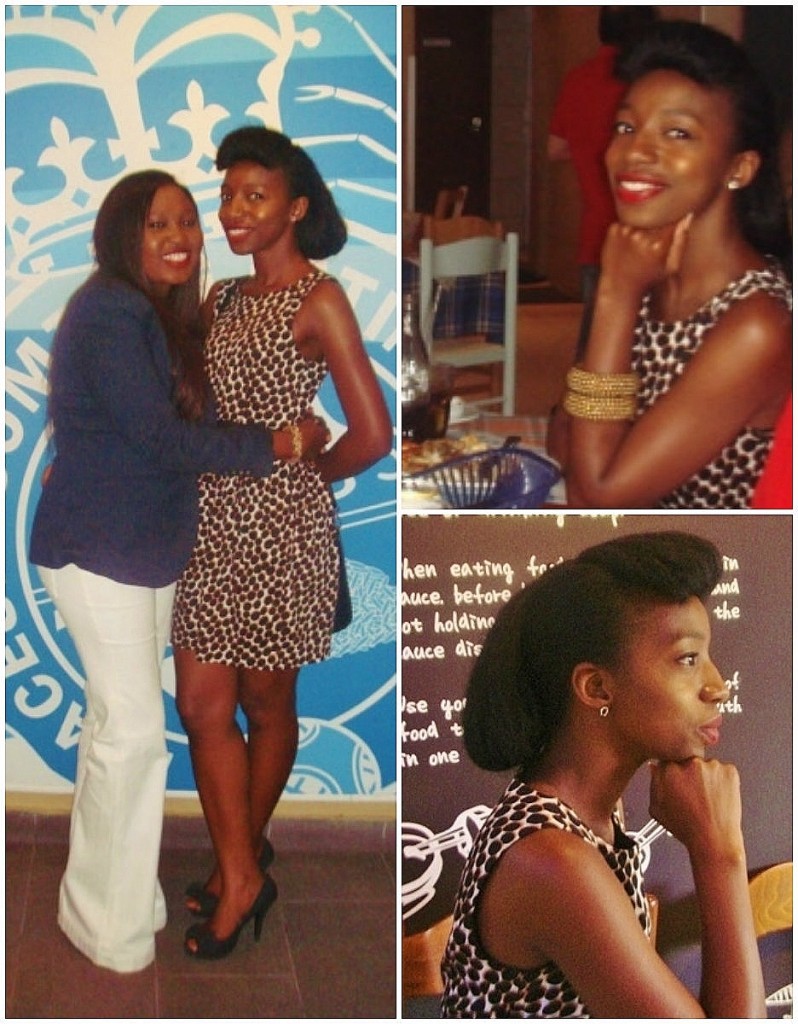
For a complete grasp of relaxing and minimising hair loss from relaxing, please ensure you have read part 1 of this post.
Preparing black hair for relaxing should commence a week before the relaxer date. This is especially important if your hair has just been removed from extensions. Hair should be removed from extensions at least a week before relaxer day.
ACTIONS TO BE COMPLETED THE WEEK BEFORE RELAXING BLACK HAIR
1) Wash and deep condition with a protein conditioner
Hair that has a lot of new growth and hair that has just been removed from extensions tends to matt and tangle when being washed. For this reason I would advise that the hair is thoroughly detangled and then put into 6 to 8 box braids (calabar with no extensions).
The hair can be washed and deep conditioned in the box braids as this will decrease the risk of the hair matting. A detailed post on how to do this will be up soon.
A protein conditioner will give the hair the strength it needs to undergo the relaxing process. A moisturising leave-in conditioner should be used to restore protein/moisture balance.
2) Avoid scratching or irritating the scalp
Avoid scratching or irritating the scalp during the week. Also your hair should be put in a simple style that will not require a lot of pulling and combing to achieve. The style should also be easy to maintain or recreate during the week.
If you need to comb your hair during the week divide your hair into four sections, and comb through gently with a wide tooth comb. This way you do not disturb your scalp. A scratched or irritated scalp has a high risk of burning and becoming damaged during the relaxing process.
3) Moisturise and Seal
The hair should be moisturised and sealed a few times during the week to prevent it from becoming excessively dry.
A STEP BY STEP GUIDE FOR RELAXER DAY
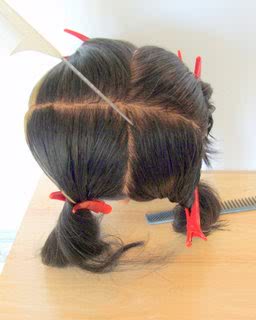
1. Part hair into 4 or more questions
Your hair should be parted into 4 or more sections. I part my hair into 5 sections, 3 at the back and 2 at the front. Because I relax every 4/5 months, I have loads of new growth so parting my hair into 5 sections for relaxing makes it easier to access the roots.
You can keep the sections separated by using a hair clip or hair band. When you are at the salon, ensure the hair is kept in those sections throughout the relaxing process, for ease of access.
2. Detangle each section
Detangle each section gently with your hands. This can be followed by a wide tooth comb if necessary.
This is ESSENTIAL. Do not apply relaxer to hair that has knots and tangles. If the tangles are left in the hair, if will cause bigger tangles and knots when the hair is being washed. These will be very hard to remove by hand and will cause major damage if they are combed out.
To avoid this ensure your hair is thoroughly detangled before relaxing. The salon may not be willing to spend that much time detangling thoroughly or gently enough. I advise you to detangle yourself at home before going to the salon.
3. Protect your scalp
Oils like pure olive oil, coconut oil, castor oil, etc should be applied to the scalp whilst detangling to protect the scalp.
4. Protect hair that has been previously relaxed
Hair that has been relaxed previously must be protected to prevent over processing. To do this, apply either an oil or conditioner to previously relaxed hair to protect it.
5. Protect your hair line and perimeter
Ensure oil or hair grease is applied to your hairline and your ears to protect them.
6. Apply relaxer to new growth only
Relaxer must be applied to natural new growth only, it must not be applied to previously relaxed hair. Applying relaxer to previously relaxed hair will cause over processing. Over processed hair will break gradually over the following weeks and months.
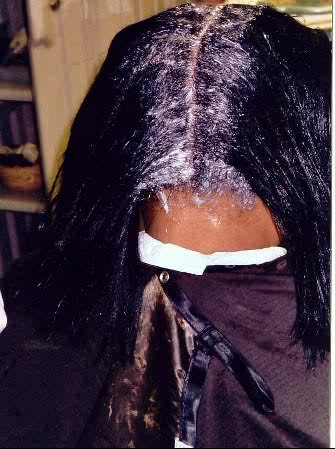
7. Avoid combing through hair when there is relaxer in it
The back of a rat tail comb may be used to smooth in the relaxer or hands can used to pull the hair straight. Combing through can lead to damage and may also irritate the scalp
8. Rinse after time recommended by the relaxer brand
The direction provided on the relaxer jar or box will specify how long the relaxer should be left on for. Do not wait for your scalp to start burning before rinsing out the relaxer.
9. Neutralise at least 3 or 4 times.
After the relaxer has been rinsed off, the hair should be washed with a neutralising shampoo a minimum of three times.
During the second or third wash, the shampoo lather should be left in hair for about five minutes to give it time to penetrate the hair shaft and fully neutralize. Personally I neutralize 4 times, I’d rather be safe than sorry.
10. Deep Condition
After neutralizing, your hair should be deep conditioned with either protein or a mixture of protein and moisture conditioners.
If you use a protein conditioner alone, ensure you follow up with a moisturising leave in conditioner to help restore protein and moisture balance. Your hair can then be roller set or blow dried gently.
11. Well done
If you have followed all the instructions above, then you will have greatly minimised the risk of hair loss from the relaxing process.
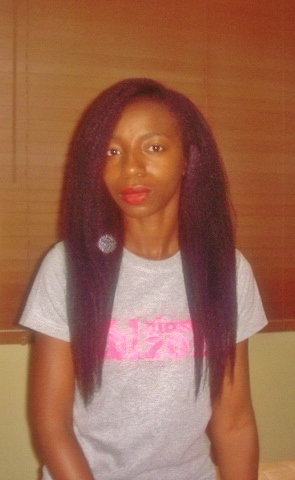
Early 2013- My hair after a successful but tiring relaxer day
HAIR CARE FOR THE FIRST 2 WEEKS AFTER RELAXING
Do not install braids or weaves in the first two weeks after relaxing your hair.
Hair that has just been relaxed needs a lot of TLC and cannot withstand the tension of extensions. After the two week period, ensure your hair is washed and deep conditioned with a mixture of protein and moisture conditioners before the extensions are installed.
Ensure you take care of your hair in those two weeks, i.e., moisturise and seal regularly, wear protective hair styles, etc.
I hope the above guide has not been too daunting and I hope your next relaxer sessions goes really well.
Learn | Change | Grow
x Lade
